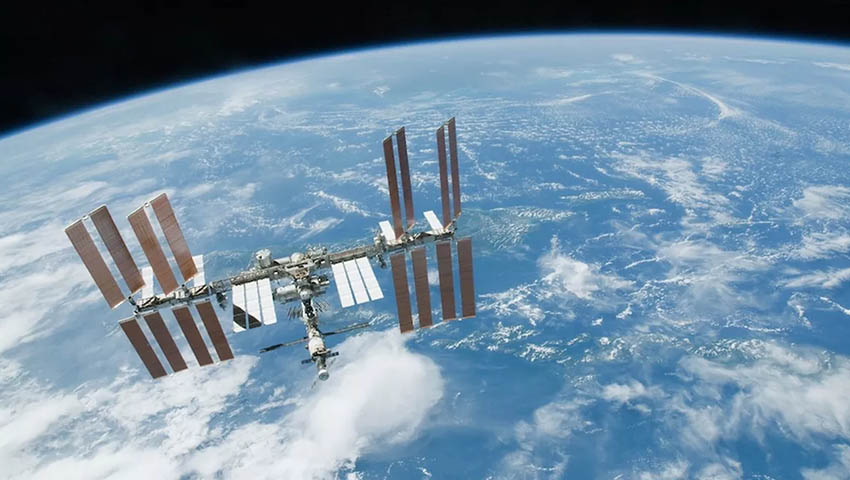
This move comes as NASA focuses full speed ahead on its goal of landing the first woman and next man on the moon by 2024, where American companies will also play an essential role in establishing a sustainable presence.
NASA will continue research and testing in low-Earth orbit to inform its lunar exploration plans, while also working with the private sector to test technologies, train astronauts and strengthen the burgeoning space economy. Providing expanded opportunities at the ISS to manufacture, market and promote commercial products and services will help catalyse and expand space exploration markets for many businesses.
The agency’s ultimate goal in low-Earth orbit is to partner with industry to achieve a strong ecosystem in which NASA is one of many customers purchasing services and capabilities at lower cost.
NASA’s plan addresses both the supply-side and demand-side for a new economy, enabling use of government resources for commercial activities, creating the opportunity for private astronaut missions to the space station, enabling commercial destinations in low-Earth orbit, identifying and pursuing activities that foster new and emerging markets, and quantifying NASA’s long-term demand for activities in low-Earth orbit.
More than 50 companies already are conducting commercial research and development on the Space Station via the ISS US National Laboratory, and their results are yielding great promise.
In addition, NASA has worked with 11 different companies to install 14 commercial facilities on the station that support research and development projects for NASA and the ISS National Lab.
This effort is intended to broaden the scope of commercial activity on the Space Station beyond the ISS National Lab mandate, which is limited to research and development. A new NASA directive will enable commercial manufacturing and production and allow both NASA and private astronauts to conduct new commercial activities aboard the orbiting laboratory.
The directive also sets prices for industry use of US government resources on the Space Station for commercial and marketing activities.
To qualify, commercial and marketing activities must either:
- require the unique microgravity environment to enable manufacturing, production or development of a commercial application;
- have a connection to NASA’s mission; or
- support the development of a sustainable low-Earth orbit economy.
NASA’s directive enabling commercial and marketing activities aboard the Space Station addresses manufacturing, production, transportation and marketing of commercial resources and goods, including products intended for commercial sale on Earth. NASA astronauts will be able to conduct co-ordinated, scheduled and reimbursable commercial and marketing activities consistent with government ethics requirements aboard the station.
NASA also is enabling private astronaut missions of up to 30 days on the ISS to perform duties that fall into the approved commercial and marketing activities outlined in the directive released Friday, with the first mission as early as 2020. A new NASA Research Announcement focus area outlines the path for those future private astronaut missions.
If supported by the market, the agency can accommodate up to two short-duration private astronaut missions per year to the ISS. These missions will be privately funded, dedicated commercial spaceflights. Private astronaut missions will use a US spacecraft developed under NASA’s Commercial Crew Program.
The commercial entity developing the mission will determine crew composition for each mission and ensure private astronauts meet NASA’s medical standards and the training and certification procedures for ISS crew members. Market studies identified private astronaut missions to low-Earth orbit as a key element to demonstrate demand and reduce risk for future commercial destinations in low-Earth orbit.
Learn more about opportunities for commercial activities aboard the International Space Station here.
Receive the latest developments and updates on Australia’s space industry direct to your inbox. Subscribe today to Space Connect here.












